The Apple Watch underwent many iterations and refinements before its designers felt it would be comfortable to use on the wrist, including over a year of adjustments on the Taptic Engine alone, according to a new profile published on Thursday.
The new details on development of the Apple Watch come from Wired's interview with two of the key people behind the device, namely human interface designer Alan Dye, and vice president of Technology Kevin Lynch, who oversees the Apple Watch software. Lynch said he didn't know what he would be working on when he was hired by Apple, and that the project was not only already underway when he arrived but had a design review in two days. At this stage there was no working prototype or software, and at one point the iPod team had devised a concept with a clickwheel.
Dye explained that the idea of a watch grew out of design meetings for iOS 7. iOS had to be reworked to fit a much smaller medium however, and some of the earlier prototypes used a vertical timeline interface. While Pebble has made that concept work with its upcoming Time smartwatch, Apple found that interactions took too long given the discomfort of holding an arm up for more than a few seconds.
Along those lines, the Watch interface evolved through three major iterations with the goal of keeping interactions down to a few seconds. If a feature didn't fit with the philosophy, it was cut.
The device's Taptic Engine — which handles haptic feedback — spent over a year in fine-tuning. In weekly meetings, the Watch team would review how different interface events felt. Lynch said that some vibrations were too annoying, or alternately too subtle, or even felt "like a bug on your wrist." To properly link feedback to events like a Twitter post or a text, the company sampled a wide range of different sounds, such as birds and lightsabers, then translated them into haptic form.
Dye lastly notes that "personalization and beauty are everything" with watches, which is why things like different bands and screen sizes were an emphasis from the beginning of the project. The company has also spent an unusual amount of time on interface customization, adding a variety of watch faces and customizable widgets.
The Apple Watch is due to ship on April 24, with preorders and in-store trials of the device beginning on April 10.
 Roger Fingas
Roger Fingas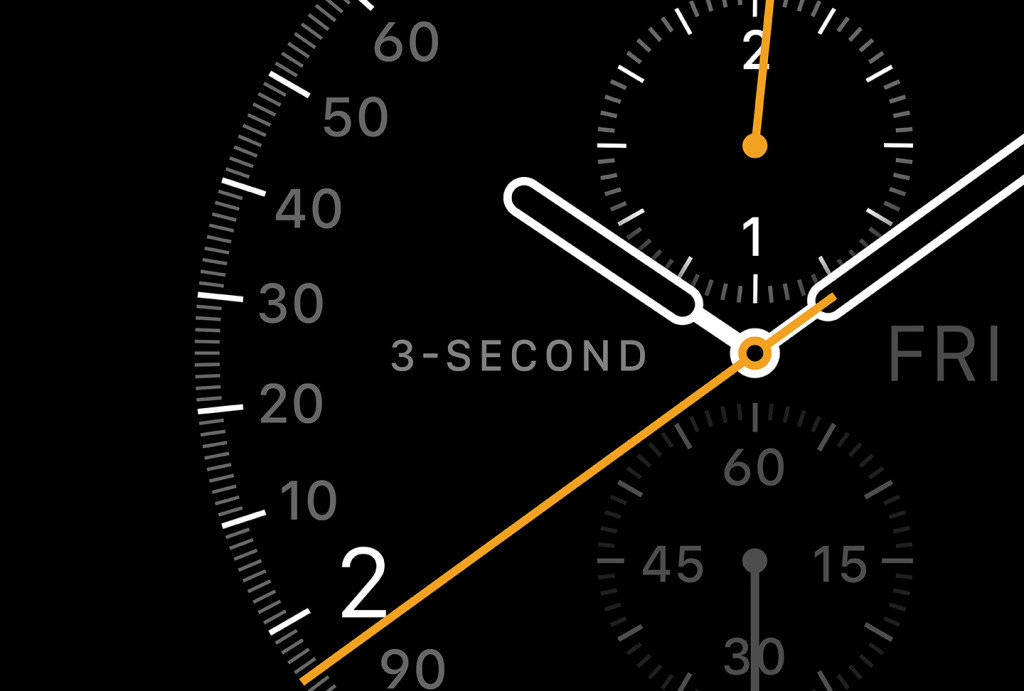
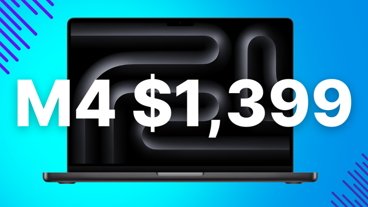

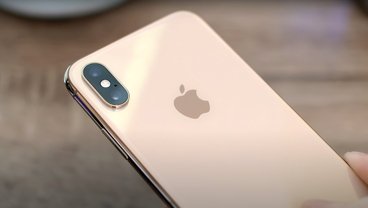
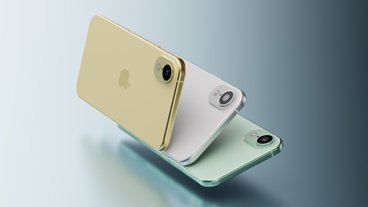
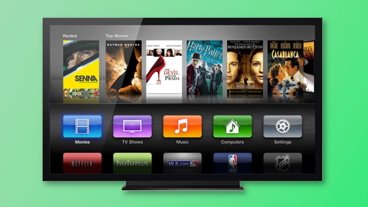

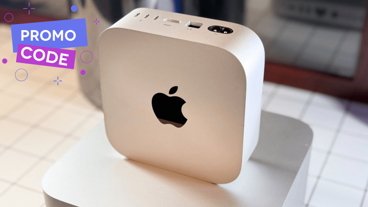






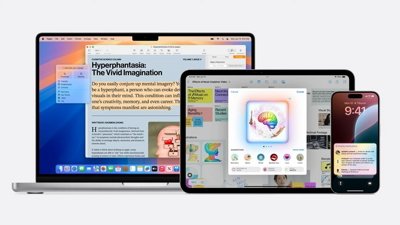
 Malcolm Owen
Malcolm Owen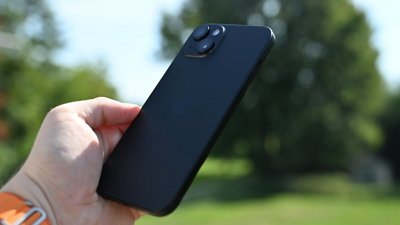
 Andrew Orr
Andrew Orr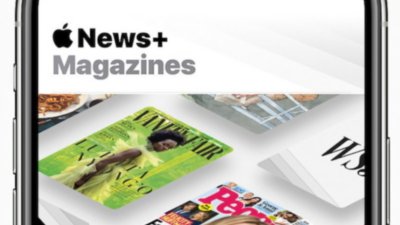
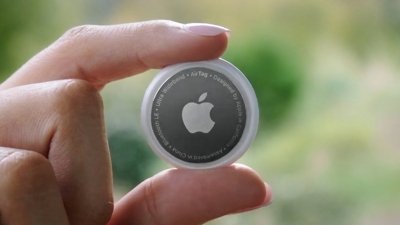
 Christine McKee
Christine McKee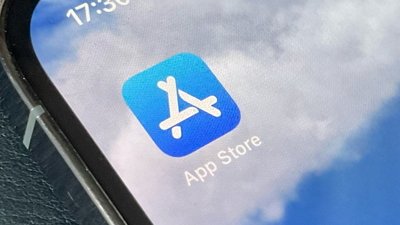
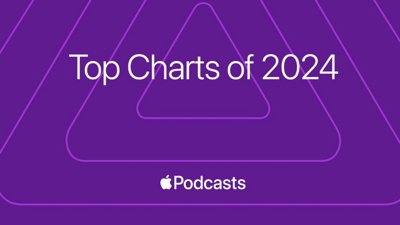
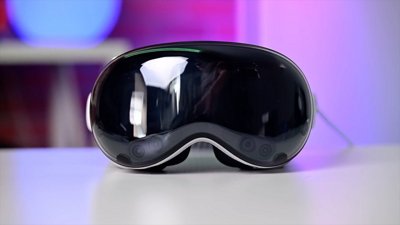
 Oliver Haslam
Oliver Haslam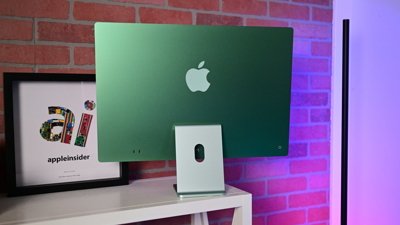
 Andrew O'Hara
Andrew O'Hara
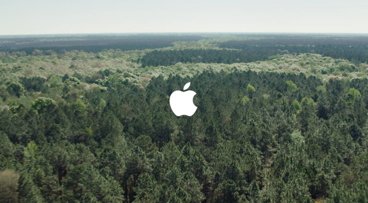
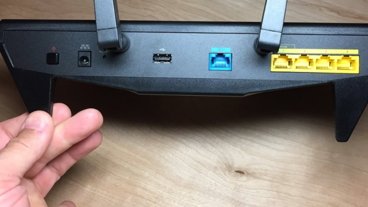






117 Comments
Shame that they spent so many years on a project that will probably not be a major long term success. It won't sell big at the beginning, and no one is going to upgrade this thing.
"...Apple Watch underwent many iterations and refinements before..."
So now, when seen wearing it, you really will be able to say,
"What, this old thing?"
[quote name="sog35" url="/t/185554/apple-watch-designers-detail-years-of-research-and-refinements-that-went-into-its-development/0_100#post_2702828"]Benjamin Frost: No doubt about it this was made for women. I hope and pray Apple can sell a few thousand but this will be another failure by Tim Cook. [/quote] You took the words right out of my mouth! "Personalisation and beauty are everything." So Apple have made just one design. Retro 70s. Subtext: couldn't get the important sensors to work, so our fallback position is fashion.
Shame that they spent so many years on a project that will probably not be a major long term success. It won't sell big at the beginning, and no one is going to upgrade this thing.
LOL. You could well argue against the long-term success of this product, though you will probably be wrong seeing as the capabilities are going nowhere but up, but it's short-term success is all but guaranteed due to pent-up demand and current interest. Claiming otherwise makes your post laughable.
[quote name="sog35" url="/t/185554/apple-watch-designers-detail-years-of-research-and-refinements-that-went-into-its-development/0_100#post_2702840"][QUOTE name="Benjamin Frost" url="/t/185554/apple-watch-designers-detail-years-of-research-and-refinements-that-went-into-its-development#post_2702834"] You took the ............[/QUOTE] did. not. read. [/quote] That's okay; thousands will. On a more constructive note, it will be interesting to actually see the Apple Watch being used on a wrist. Two keynotes gone, yet not one demo of the watch in its natural environment. That seems wrong to me. Having the screen turn on automatically when you raise your arm sounds clever in principle, but what is it like in practice? Is it instant? Does it come on inadvertently when working out in the gym or sitting in a dark theatre? Much more than the iPhone, there are so many unanswered questions that could really affect everyday usage that Apple have left hanging. We will have to go by reviews and anecdotal feedback to ascertain its worth. One would expect the most avid Apple fans to leap in early, but buying this blind is to put an awful lot of trust in it, much more so than buying a phone or tablet.